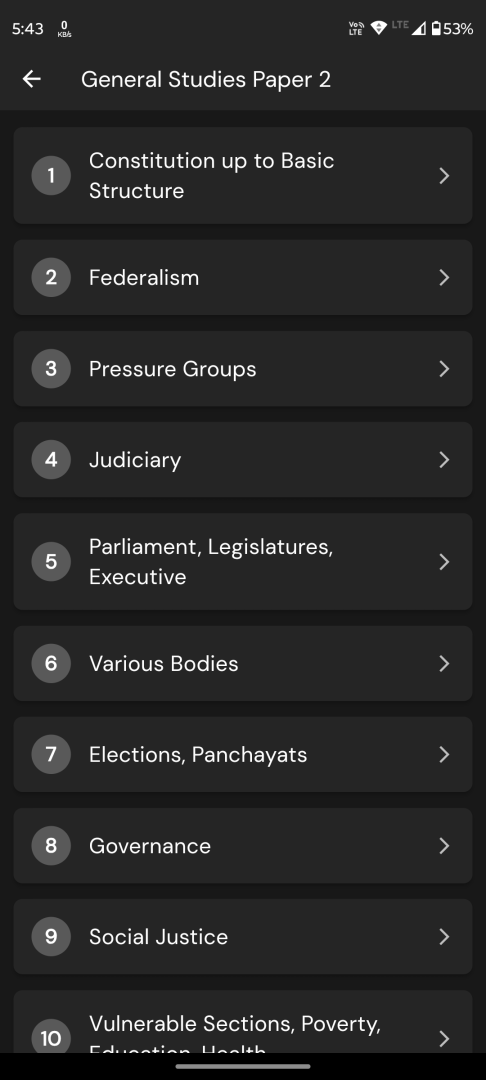Q. With reference to ‘Urban Cooperative Banks’ in India, consider the following statements:
1.They are supervised and regulated by local boards set up by the State Governments.
2.They can issue equity shares and preference shares.
3.They were brought under the purview of the Banking Regulation Act, 1949 through an Amendment in 1966.
Which of the statements given above is/are correct?
a) 1 only
b) 2 and 3 only
c) 1 and 3 only
d) 1, 2 and 3
Correct Answer: b) 2 and 3 only
Question from UPSC Prelims 2021 GS Paper
Explanation :
Urban Cooperative Banks
Urban Cooperative Banks (UCBs) are a vital part of the Indian banking system. While they play a significant role in urban areas, there are common misconceptions about their regulation and capabilities. Here, we will clarify the facts regarding their supervision, ability to raise capital, and regulatory framework.
Regulation and Supervision
Contrary to the belief that UCBs are supervised by local boards set up by the State Governments, they are primarily regulated by the Reserve Bank of India (RBI). They are also registered under the State Cooperative Societies Acts. The RBI’s role is crucial, especially for banking functions, while the state’s involvement is through the Registrar of Cooperative Societies, not local boards.
Microsoft Word – 89735.doc (rbi.org.in)
Capital Raising Capabilities
UCBs are indeed permitted to issue both equity shares and preference shares. This allows them to raise capital within the regulatory guidelines provided by the RBI and state legislation, enhancing their financial stability and growth prospects.
Historical Regulatory Changes
The inclusion of UCBs under the Banking Regulation Act, 1949, was a significant milestone. The Banking Laws (Amendment) Act 1965, effective from 1966, brought cooperative banks under the purview of this Act, ensuring they maintain the necessary banking standards and contribute to the overall financial stability of the banking sector.
In summary, statements 2 and 3 accurately describe the capabilities and regulatory changes of Urban Cooperative Banks, while statement 1 does not provide a correct depiction of their supervisory structure.





